Novels About Chilling Near-Future Worlds
The world can seem a bit dystopian at times as it is — pandemic, climate crisis, the threat of nuclear war, attempted coups — but sometimes you just want a novel that will transport you into a different place. Books have a way of reflecting our society back to us — 1984, Brave New World, The Handmaid’s Tale — that might make us think a little more. Science fiction and fantasy can also be warnings, with commentary on trends that have the potential to wreak havoc or paths traveled that lead to our undoing.
These books challenge ways of thinking, challenge complacency, and for some, may be the catalyst to think about certain topics for the first time. When things seem fictional, there’s a certain kind of freedom in bringing up “what if,” that can allow people to delve into a topic because, after all, it’s just hypothetical. Maybe. And so books that portray a future world that isn’t so great can be the trigger to look at that future, and maybe reexamine the present.
But these books are also full of relationships, of survival, of people facing adversity and becoming better versions of themselves. They show resilience, ingenuity, strength, and new ways of thinking and surviving, and in some ways, can also show us what we can be. Can it be a bad thing? Sure. But there are many books that give me hope, and reassure me that even in the darkest of times, there is survival, hope for the future, and people willing to work to make things better.
Here’s a list of some books about near-future worlds that might send a shiver down your spine. If you’re looking for more books like this, check out this post about YA dystopian novels and this post on near-future sci-fi books.
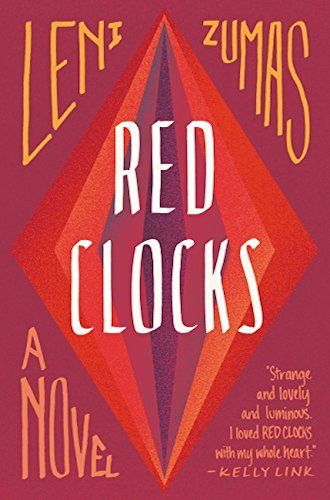
Red Clocks by Leni Zumas
It’s the near future, and abortion is illegal in all 50 states. IVF is banned, and embryos have rights. Unfortunately, this novel can feel all too real and impending, but in the hands of Zumas, it works. This novel follows several different women, at different places in their lives: they face pursuing parenthood alone, motherhood and marriage, unexpected pregnancy, and more. Then there is Gin, the herbalist who’s tied to all of them. When she’s arrested and put on trial, a witch hunt ensues.
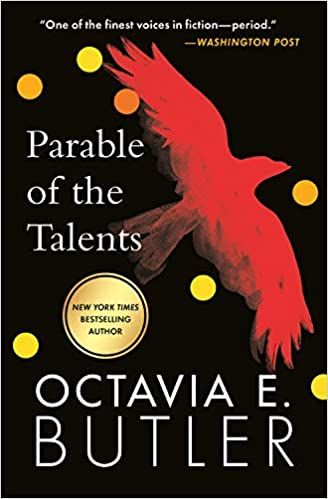
Parable of the Talents by Octavia Butler
The sequel to Parable of the Sower, this book is set in 2032. Lauren Olamina’s Earthseed community has become a reality after socioeconomic and environmental collapse. The extreme conservative president, a religious fundamentalist who wants to “make American great again” (mind you, this was published in 1998) has targeted this community with his hatred. Later, Lauren’s daughter Asha Vere reads her journals and tries to understand this mother she never knew. The narrative goes back and forth between Lauren’s journals and Asha, and Butler has created a powerful novel that is especially jarring to read, given the events of the last seven years.
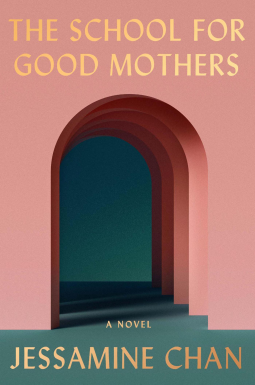
The School for Good Mothers by Jessamine Chan
Mothers are already judged mercilessly and monitored by others — and Chan takes this to the next level in this near-future novel that isn’t too hard to imagine. Frida Liu has had some rough times lately, and one day is especially bad. Her daughter was up all night, Frida is a newly single mother, and the day is so bad that she decides to go out for coffee, leaving her toddler home alone…and stays out for too long. Authorities are contacted and they send her to a school to be rehabilitated into a “good mother.” In this world, there is only one right way to parent and raise your child, and you’re monitored so that you do just that. Classism, racism, sexism — all come together to ensure that society and government make sure that mothers are “good mothers” in this book. It’s horrifying because it seems entirely plausible.
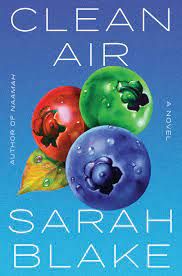
Clean Air by Sarah Blake
In this climate apocalypse book, it turns out that it was the trees and their pollen that caused the world to become unbreathable. Humanity has rebuilt itself, and people now live in airtight domes. Izabel is raising her daughter Cami, and although things are mostly fine, she feels trapped. But then someone starts slashing through the domes at night, exposing the inhabitants to deadly pollen, and Cami starts talking in her sleep about the murders. After everything humanity has done to survive again, why would someone want to destroy the peace they’ve accomplished? Part mystery, part eco-fiction, and wholly engrossing, this is one you’ll want to read.

Fahrenheit 451 by Ray Bradbury
This is a classic, and while there’s no definitive date set in the book, there’s a reference to a short story of his that makes it likely that the book is set around the year 2053 or so. In this chilling novel, books are things to be destroyed by firemen. Montag is one of these firemen, and never questions his life until he meets a curious neighbor who makes him reexamine his life. Especially with the censorship going on today, this is a reminder of the power that books have, and why it’s so important to fight authoritarianism.
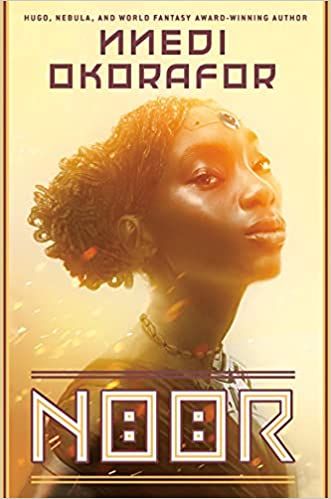
Noor by Nnedi Okorafor
Anwuli, or AO, as she prefers to be called, has never really felt natural and, being disabled, instead of letting the outside world shape her opinions, she sees her body modifications as necessary and embraces them, rather than rejecting them. But one day things go wrong and she has to flee. Along the way she meets a herdsman named DNA, who joins her. Her journey is live-streamed, as everything is in this society, and everyone is watching. Okorafor’s writing is always immersive, and this book is no different, paired with observations on class, colonialism, biotechnology, the concept of being “other,” and more, to make for an engrossing read.
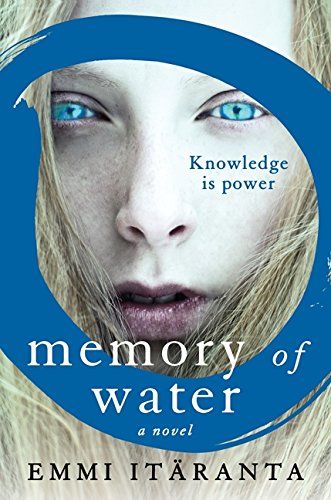
Memory of Water by Emmi Itaranta
Global warming has changed everything, and China rules Europe. Water is something countries fight over. Noria is 17 and learning to be a tea master, like her father. Tea masters know secret locations of water, and Noria’s father tends to a spring that once provided for their whole village. After her father’s death, Noria and her town are watched by the army. Water starts becoming more and more scarce, Noria will have decisions to make about her safety, her life, and the future of others.
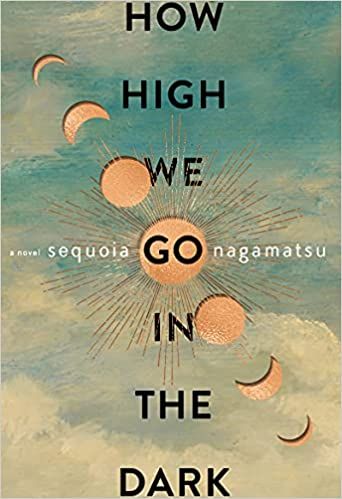
How High We Go In the Dark by Sequoia Nagamatsu
It’s the year 2030, and an archaeologist goes to the Arctic Circle to continue the work his daughter was doing when she died. Permafrost is melting, revealing a girl who died of an ancient virus — and unleashing it again. As the virus travels the globe, we see a variety of interconnected stories taking place, exploring our capacity for survival, for connection, for happiness in the midst of darkness, and our resilience and hope for a better future. A devastating, beautiful, but disturbing book.
Are you planning on reading any of these books of a near-future world?


إرسال تعليق
0 تعليقات